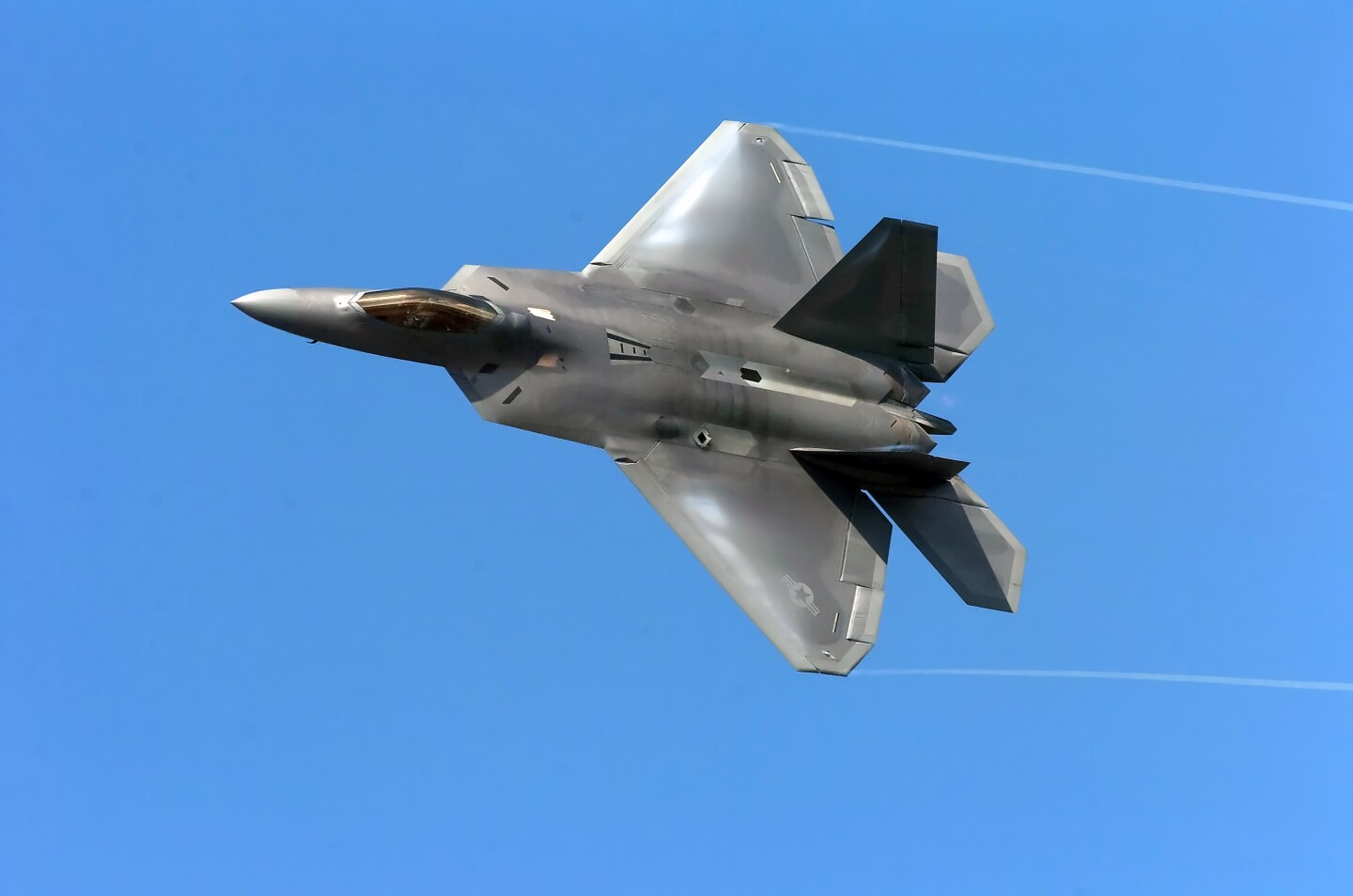The United States Air Force (USAF) has announced that it is in the process of fitting out its fleet of F-16 fighters with a NASA-developed system that has the potential to save hundreds of lives and billions of dollars by preventing aircraft crashes due to pilot error. The Automatic Ground-Collision Avoidance System (Auto-GCAS) will essentially work by detecting incoming terrain and triggering an autopilot maneuver, safely diverting the plane and its pilot out of harm's way.
In America alone, hundreds of deaths occur each year due to what is called "controlled flight into terrain" (CFIT). Whilst cockpit warnings and other such systems have helped in dramatically reducing CFIT for commercial airliners, no system had been developed that could cope with like fatalities for fighter aircraft. Therefore, loss of life to CFIT is still relatively commonplace in the military sphere.
Hopefully, Auto-GCAS will make such fatalities a thing of the past. The system has been in development since the mid-1980s, however flight testing on the F-16 platform did not begin until 2009, with production testing being carried out by the Air Force Test Center's 416th Flight Test Squadron in August 2010.
In 2012 the technology was further refined, with NASA personnel testing the system on a remotely-operated unmanned research aircraft. This was achieved by running the software through a smartphone using the Android platform, that was then linked into the aircraft's Piccolo autopilot. The same smartphone-based technology was then installed on a Dryden Remotely Operated Integrated Drone (DROID). This series of tests saw the unmanned aircraft repeatedly apply the Auto-GCAS system, reliably executing terrain evasion maneuvers even when contact was lost with the nearby ground station.
"The smartphone aboard the aircraft eliminated the need for the ground control station link to be in constant communication with the aircraft," states Mark Skoog, NASA's principle investigator for the Auto-GCAS project. "On these flights the system performed very reliably, consistently initiating recoveries close to the last possible moment, even in the face of numerous losses of communications with the ground control station [including those] right at the critical point of needing to avoid the colliding with the mountain."

The comprehensive series of tests carried out by NASA and its partners made it clear that Auto-GCAS had potential applications far beyond fighter pilot assistance, with project developers seeing uses in the general aviation market and beyond. The system had already proven that it could be a useful safety net for the operators of unmanned drones. Should an operator lose contact with a drone fitted with the system, Auto-GCAS could keep the UAV out of harm's way, possibly allowing the pilot to subsequently regain control.
In its completed form, Auto-GCAS boasts the capacity to recognize when the aircraft is approaching terrain, calculate the time to impact, and when it judges that the danger has exceeded acceptable levels, the system will automatically execute an evasive autopilot sequence. Furthermore, since the software is integrated into the F-16's flight control systems, Auto-GCAS does not require a constant connection with a ground control system in order to function.

The technology is now being developed for USAF F-22 (pictured above) and F-35 fighters. A more advanced version of the Auto-GCAS is also in the pipeline, with improvements due to be made that will allow the system to perform more advanced multi-directional hazard avoidance maneuvers. Upgrades will also boost vehicle performance modelling and allow for improved ground mapping fidelity.
Additionally, the system is set to be integrated into a broader array of handheld devices, allowing the Auto-GCAS system to be used in a wide variety of aircraft, with plans even being made to implement the technology in ground-based vehicles.
Source: NASA









